Guest Post – The Ultimate Checklist of Technical SEO for 2021
If you own a website and want to achieve digital success then you must have a strong SEO foundation.
This article contains all the dos and don’ts of technical search engine optimization that should be followed if you want to thrive in the digital era of 2021.
SEO marketing services have progressed to a great extent over the past few years.
But in 2020 due to the global trade downfall, there have been huge losses faced by business owners across the globe which has also affected digital marketers.
Frequently changing consumer choices, a shift in trends and styles, and advancing digital algorithms have become a major challenge for all marketers.
So these SEO foundations are the need of the hour if you want your website to be a success.
If you are worried about the downfall in your page visitors or ranking of your search, then your SEO might be lacking some things which you need to focus on.
But in most cases, people generally start paying more attention to web design and appearance which is not the cause of your issue. Most marketers overlook this aspect of website optimization and fail to recognize the role played by SEO.
So to enhance the performance of our website and be ahead of the curve, let’s learn more about SEO.
Technical SEO- What does it mean?
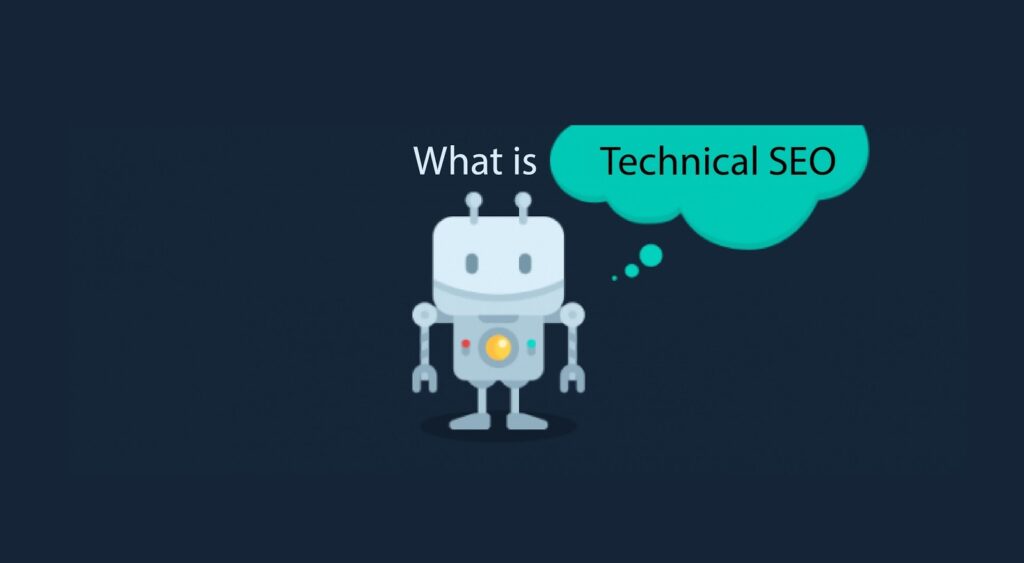 It is referred to as optimizing the website that will help the search engine spiders to crawl and index the website properly.
It is referred to as optimizing the website that will help the search engine spiders to crawl and index the website properly.
The motive of the strategies of SEO is to elevate the search engine rankings and helps the target audience to find your content easily.
It is a vast field that focuses on abundant factors of website optimization. Site speed and its security are also dependent on SEO.
Its main motive is to enhance the infrastructure of the website and optimize the indexing and crawling of your website.
Working of Technical SEO
Search engines basically provide relatable and possible results based on what the online user searches for. For this to happen, search robots crawl and index, and evaluate different pages on the basis of multiple factors.
All these factors help Google determines a user’s experience with your content, the loading time is taken by the page, and the purpose of the content.
There can be a lot of improvisations that can be made in your technical SEO such as site structure, 404 errors, and 303 redirects which will help in a better understanding of your site.
The improvement in such technical aspects will lead the search engine robots to crawl and index your site.
Technical SEO experts help in analyzing and improving our technical SEO elements. They ensure regular audits in Technical SEO that make sure that your website is free from technical issues and improve its technical aspect.
So it is important to understand the issues in the technical SEO so that you can improvise it before paying attention to other SEO factors.
The Technical SEO Checklist for 2021 –
To make sure that your website is working properly according to the SEO guidelines, here are some of the important elements of technical SEO that should be your priority while doing the SEO audit checklist;
# Speed of Website – Website speed is not your preference but a necessity for you. If your website takes a long time to load then it will elevate your bounce rate and subsequently, you will lose your prospects.
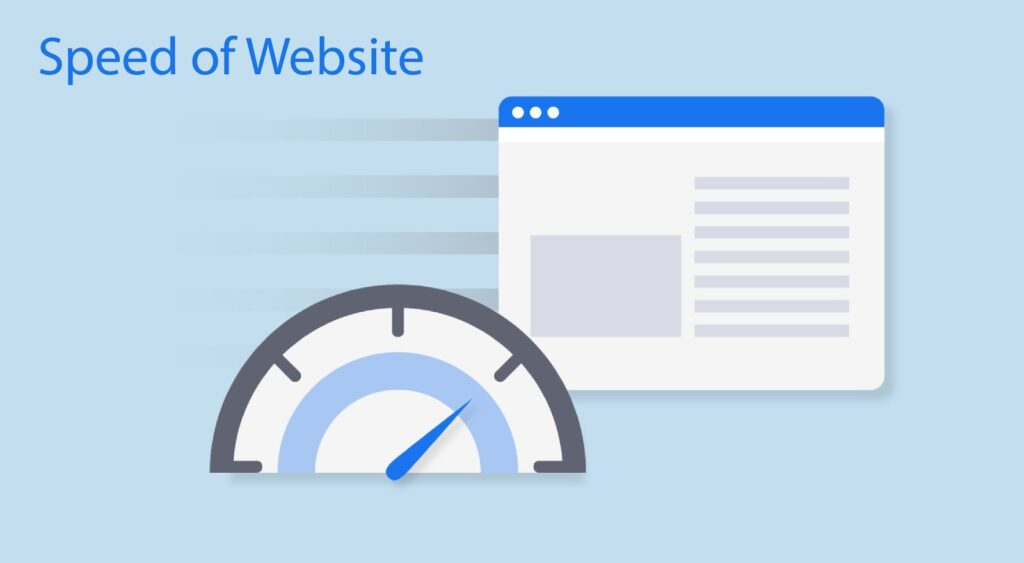
If there is a one-second delay while loading a page on a mobile phone then it will reduce the conversion rate by 20%/
So, site speed optimization is important for site performance and online engagement. This will have an impact on the metrics like bounce and conversion rate, visibility of a website, and page visits.
The ideal time to load the website is 1 or 2 seconds. To provide a better consumer experience, Google focuses on loading the website within ½ second.
There are some of the reasons where you can fail to meet the SEO requirement for page speed. This includes:
- Large media files.
- Unoptimized CSS and JavaScript.
- Missing Files.
- Bulky Codes.
To enhance the site speed, you must improve the server response time, optimize your images and content, and make sure that your website is user friendly.
# Search Console Coverage – Another part of the website technical requirement is to track down the errors that will minimize the impression of the website.
Google comes up with the search console coverage that will allow the business owner to track online performance and then action to resolve the problem if any.
The Google search console coverage report may categorize the website URL status with:
- Valid: If the page is indexed
- Excluded: when the page is not indexed as the domain has got commands to block the search engine for indexing the web page.
- Error: when the page is not indexed due to multiple reasons like 401 unauthorized HTTP response, server error, and redirect error.
So, it is very crucial to find the issues and fix them to make sure that all the pages of your website are properly indexed and valid.
# Mobile Friendly – Usage of mobile is increasing immensely. According to the research, 50.33% of the online search is done through mobile phones.
To address mobile users, Google comes up with mobile updates that include mobile optimization and mobile-first indexing.
This states that Google wants your website to be mobile-friendly for ranking and indexing.
If your website doesn’t comprise of responsive web design then the search bot will face difficult times for rendering and accessing the content.
The responsive web design helps in elevating the page speed, website usability, and enhancing the search rankings.
# Schema Markup – Schema markup or structured data is a specific code that is embedded on the website to guide search engines to come up with informative and relevant search results for online users.
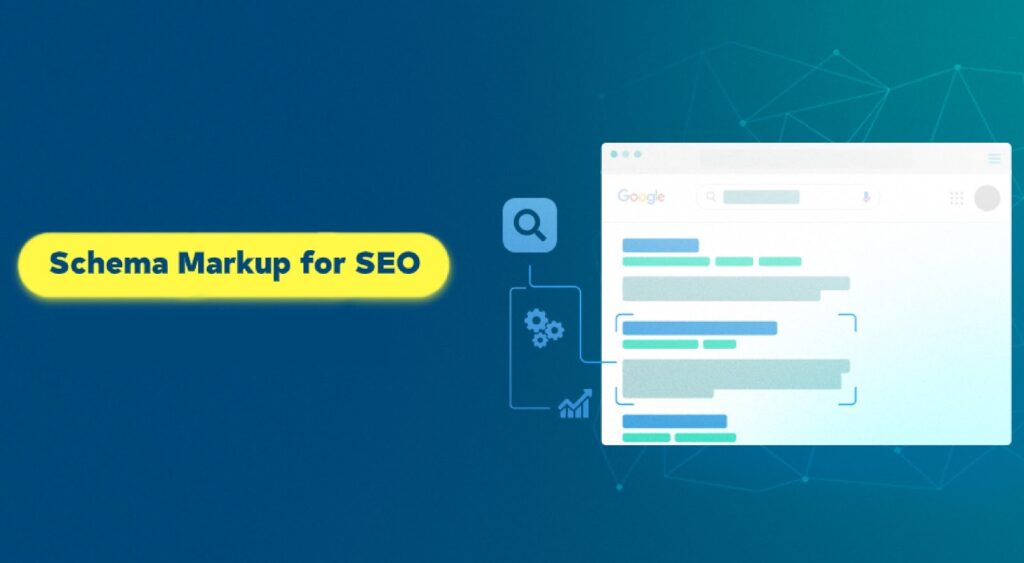
The search results will show up with the description, title tag, and URL. When your website has structured data then it boosts up your search efforts and rankings.
Google structured data will make the website more convincing and attractive than it already is. Some of the snippet types are recipes, include reviews, events, and product markup.
# Robots.txt – Now you know about structured data and it’s time to focus on robots. text and why it should be on your checklist of technical SEO.
It is basically a series of commands which will guide search engines about the pages and sections of your website to crawl on and come upon genuine SERPs.
You will need robots.txt to block all the non-public pages. With this, your crawl budget is also reduced and prevents indexing of some resources like images and PDFs.
Make sure that the robots.txt file is easy to locate to check all the technical SEO issues.
# Inline Styles – Inline style is used to apply different style rules like updating the brand color or changing the text size.
You should be cautious while using the inline style on the website because implementing site-wide changes that can consume time.
Using the inline style is a bad practice as they don’t separate the design from the content. So, the best alternative available for the inline style is external stylesheets.
These external style sheets are the flexible ones all the style rules are available in a different document which you can link with the HTML document of the website.
With the external style sheet, your site design can be accelerated by just updating one file.
# Crawl Errors – Crawl errors act as a hurdle for users to get information from your website. It occurs when the webpage is not able to meet the search engine bots even after effective crawling.
If your webpage has a 404 error, then your website will lack credibility, and the volume of users will also start reducing over time. This is the reason why it is important to set up a 301 redirect.
301 redirect in the case if a webpage no longer contains its content or web page is no longer efficient as per the search query. Its purpose is to get rid of 404 pages and guide the online users to a new relevant page.
SEO experts recommend reducing 404 pages with 301 redirects in the case of-
- Shifting to a new domain
- Cleansing URLs
- Avoid duplication of content
# Metadata – It is the data that provides essential information about the web pages. It is the hidden or embedded component of your website which helps the web crawlers to determine your page content.
It also contains the keywords that are linked to the content, so whenever a user types something it helps to display snippets while searching the content.
So its use is very important as it determines if a user will be able to visit your site or not.
Your metadata will include the meta descriptions, canonical tags, meta title, Google structured data and keywords, title tags.
Some of the other metadata are relevant in accordance with the SEO but the above-mentioned are mostly used.
# Content and Keywords – With the help of keywords, online users can easily find the content on search engines.
While optimizing the web page having high performing keywords is essential to assist the search engines to connect with the online searchers.
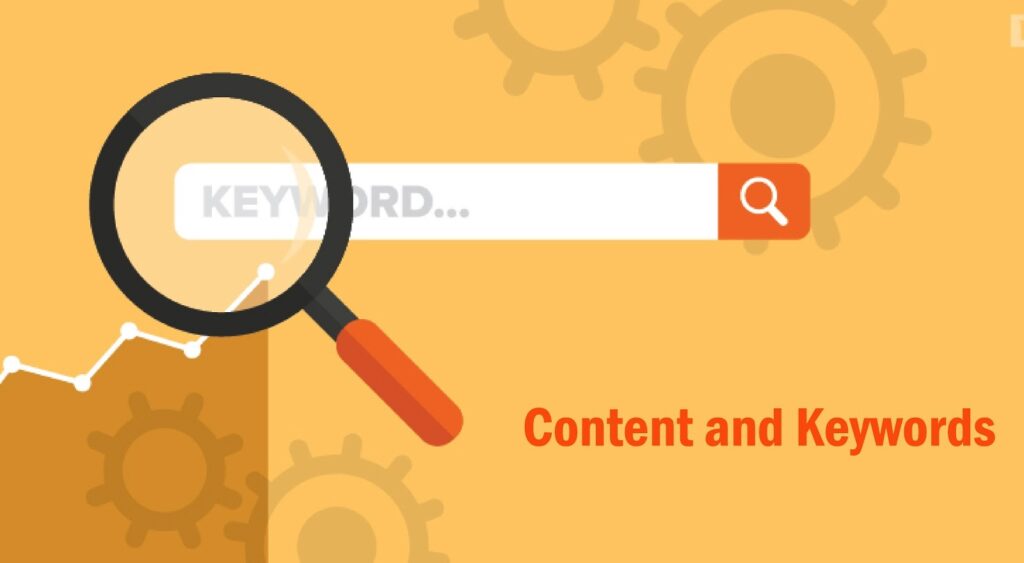
Content development and keyword research are used in on-page optimization. This doesn’t state that you just disregard them during a technical SEO audit.
You must make sure that the web page is properly optimized with the latent semantic indexing and search terms that will avoid your Google penalties.
# Website Architecture – Website architecture is referring to organizing all the website elements. With a good navigation structure, your WordPress and eCommerce websites will strengthen the user experience and elevate the search rankings.
A seamless online experience will help the visitors to use the website and quickly find out the information they search for.
These visitors will spend more time on your website by scrolling the web pages. With this, website architecture makes sure that the search engines can crawl the website.
This will indicate that your website comprises genuine and relevant information. Some of the practices that will enhance your website architecture are:
- Come up with a URL structure that is SEO friendly.
- The website must be device responsive
- Optimizing the website loading speed.
- Remove duplicate content
- Properly map out the web pages.
# Title Tags – A title tag will include the title of the web page. This is the blue text which is displayed on the SERPs on which people click to navigate to your website or web page.
This is very essential that your title tag is keyword optimized and attractive to make sure that the web page comes up on relevant search result and people don’t skip reading your content.
# H1 Tags – H1 tags are the most important SEO component of the website. It is the first header that is shown on the web page which tells the page visitor or search engine about what the content is related to.
While crawling down the page content, all the search spiders go through the HTML code and check out which sentences are included in the heading tags.
To make sure that the search engine very well understands the content of the website, you should:
- Use H1 tag per page.
- Arrange the content in hierarchical headings.
Enhance Value Of Website With Technical SEO Services
There are many technical SEO marketing services available that have extensive knowledge and know about conversion rate optimization.
They will make sure that your ranking is higher on the search engines. They have SEO companies’ specific experience and unique skillsets that will fix all the technical SEO issues.
==========+=================+======================+===========
Author’s Bio:
Name – Anuj serves as a content writer in a leading SEO company in Malaysia. He has created many articles on WordPress, Information technology, Website Designing, Search Engine Optimization, social media, etc.
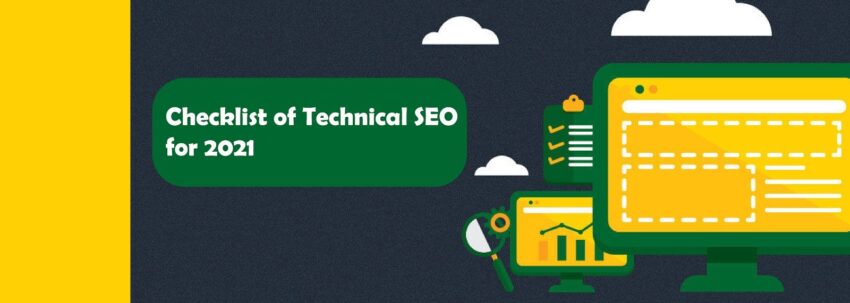
Your work is excellent, and I really liked reading your article. Post frequently. Many thanks.